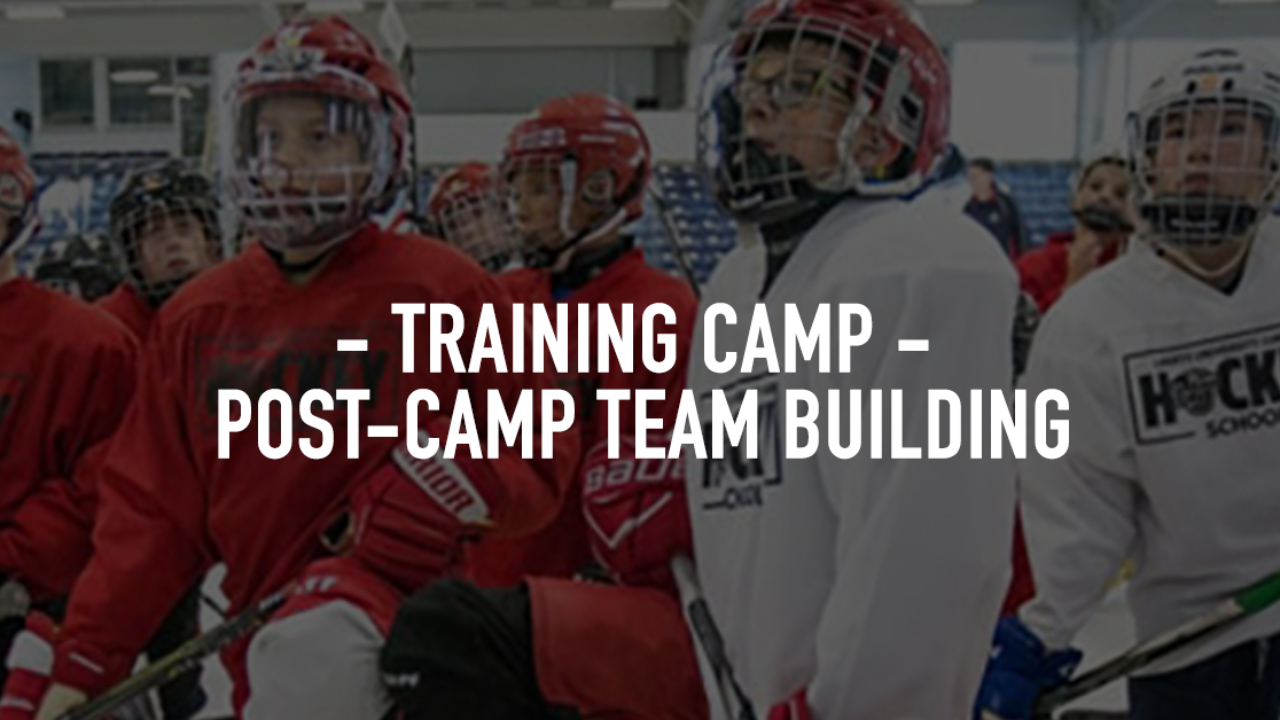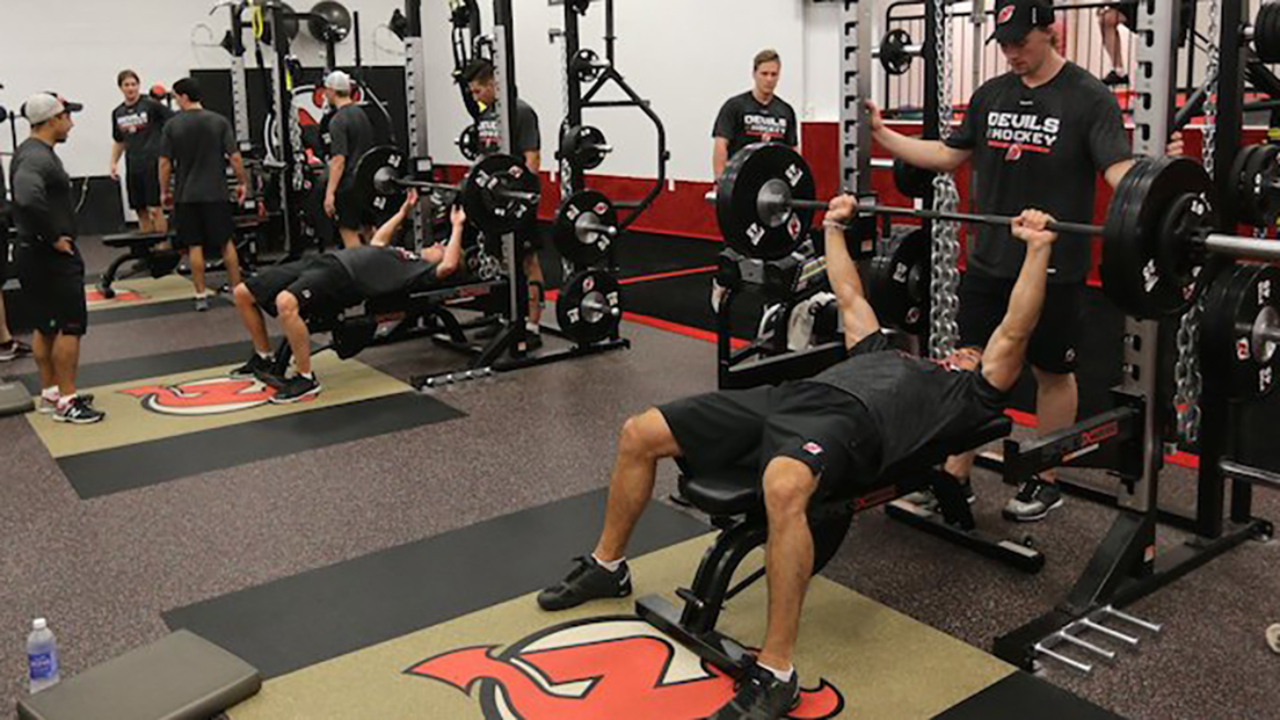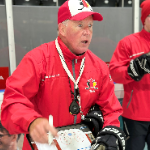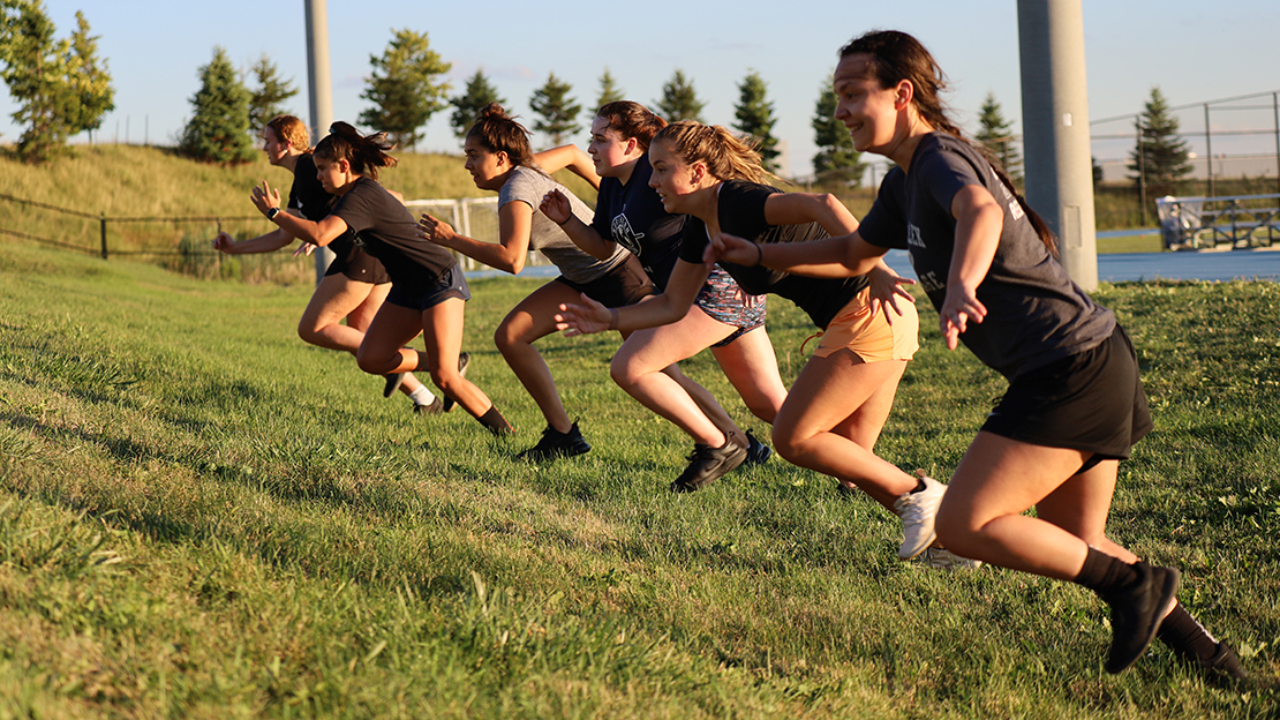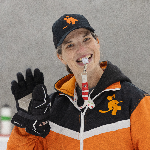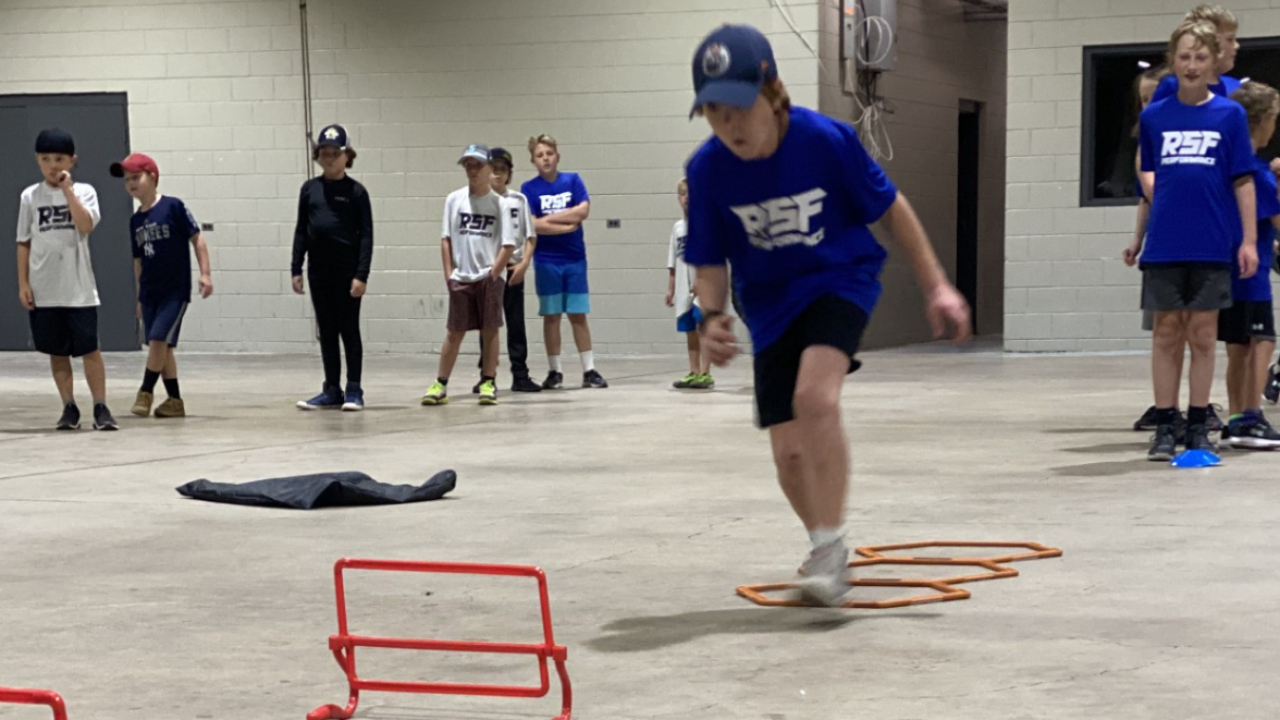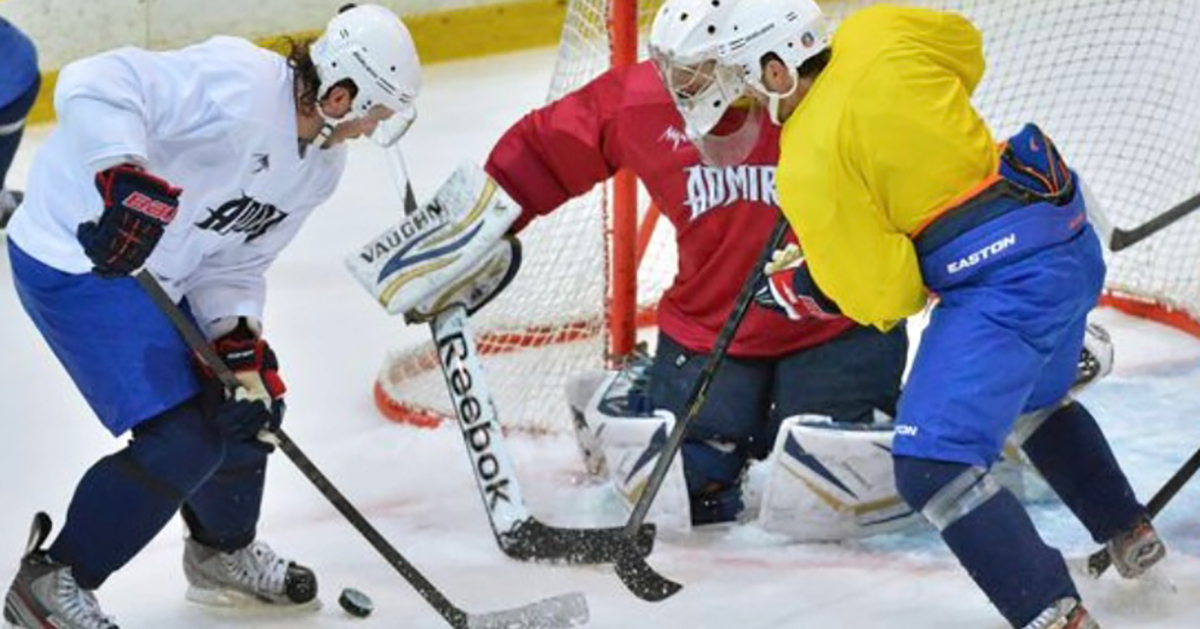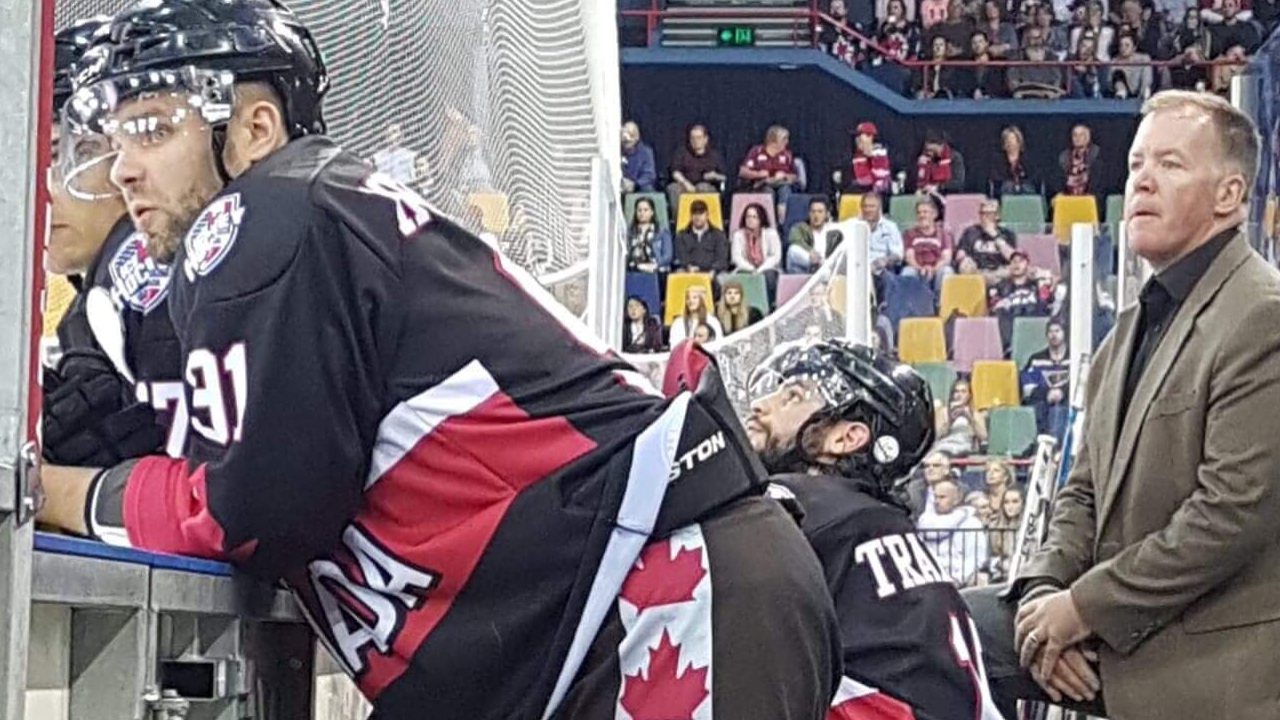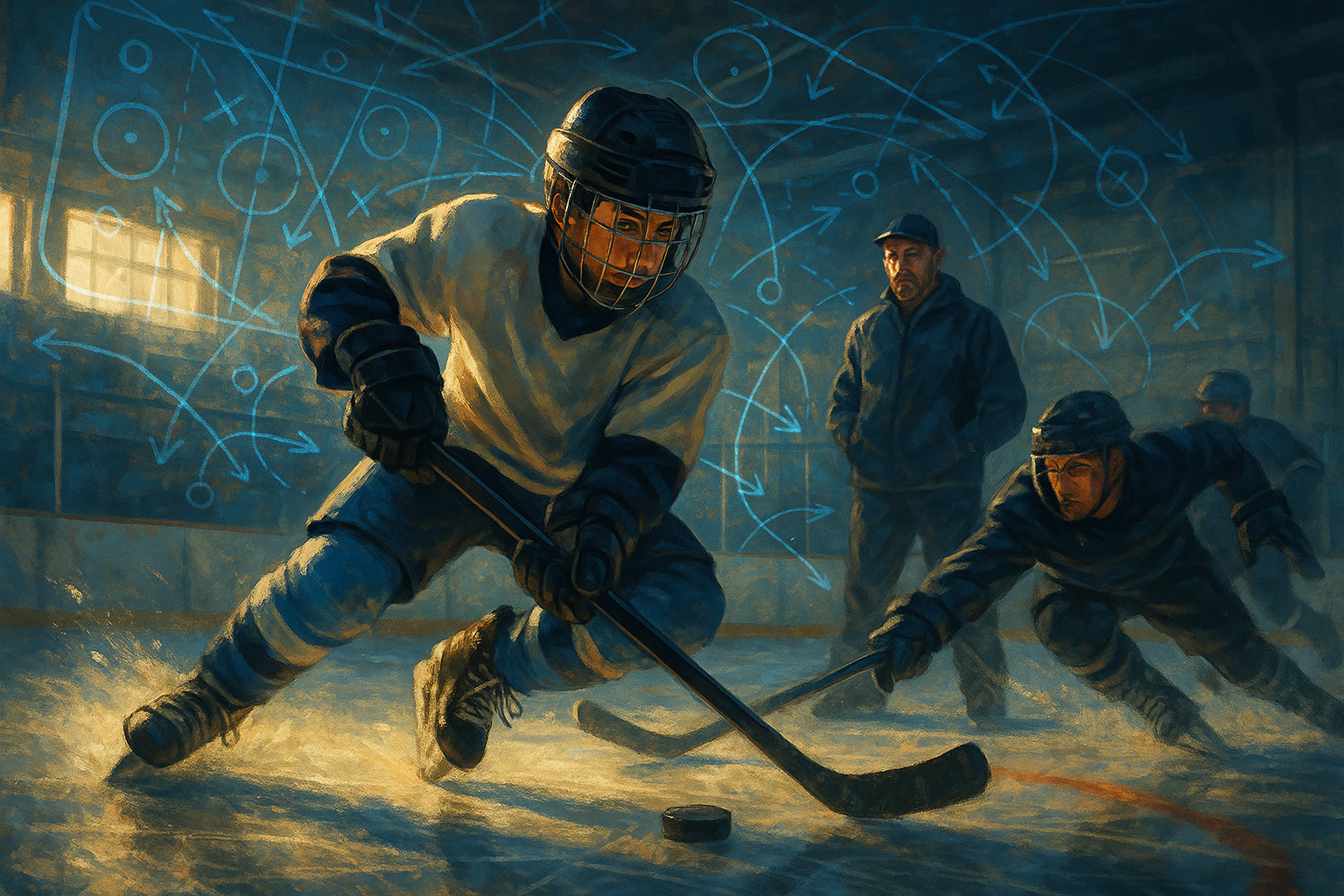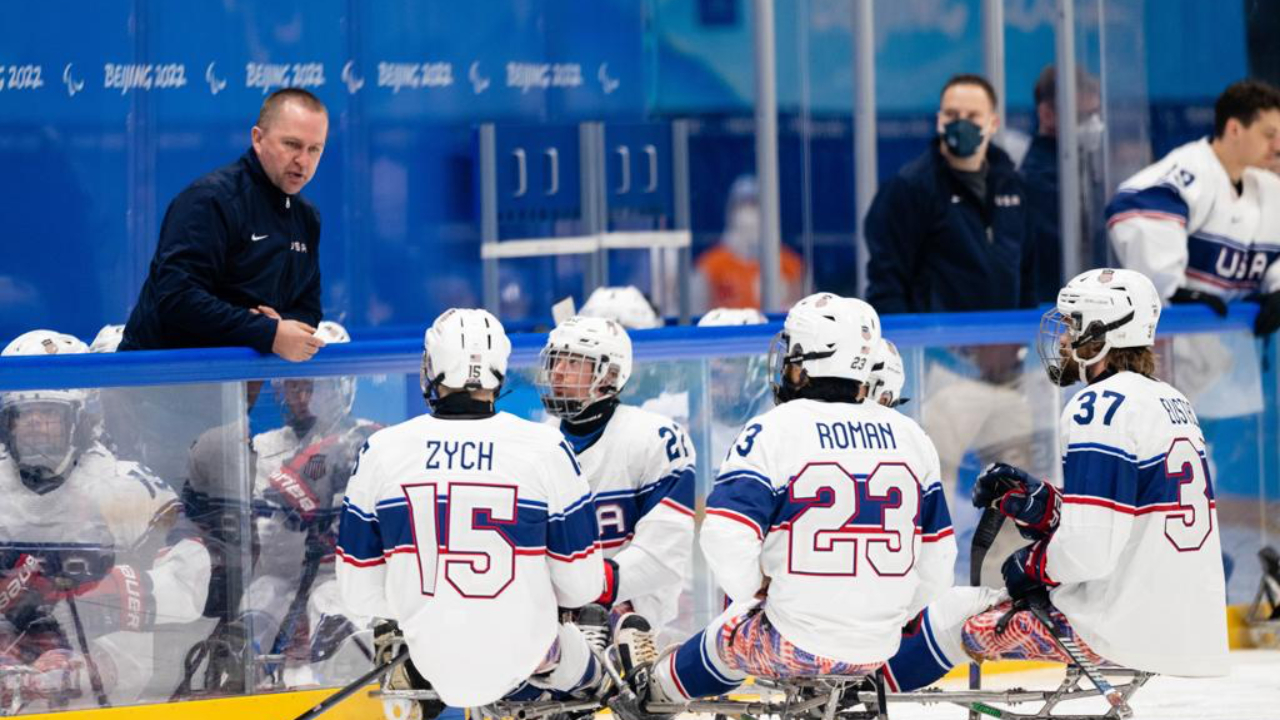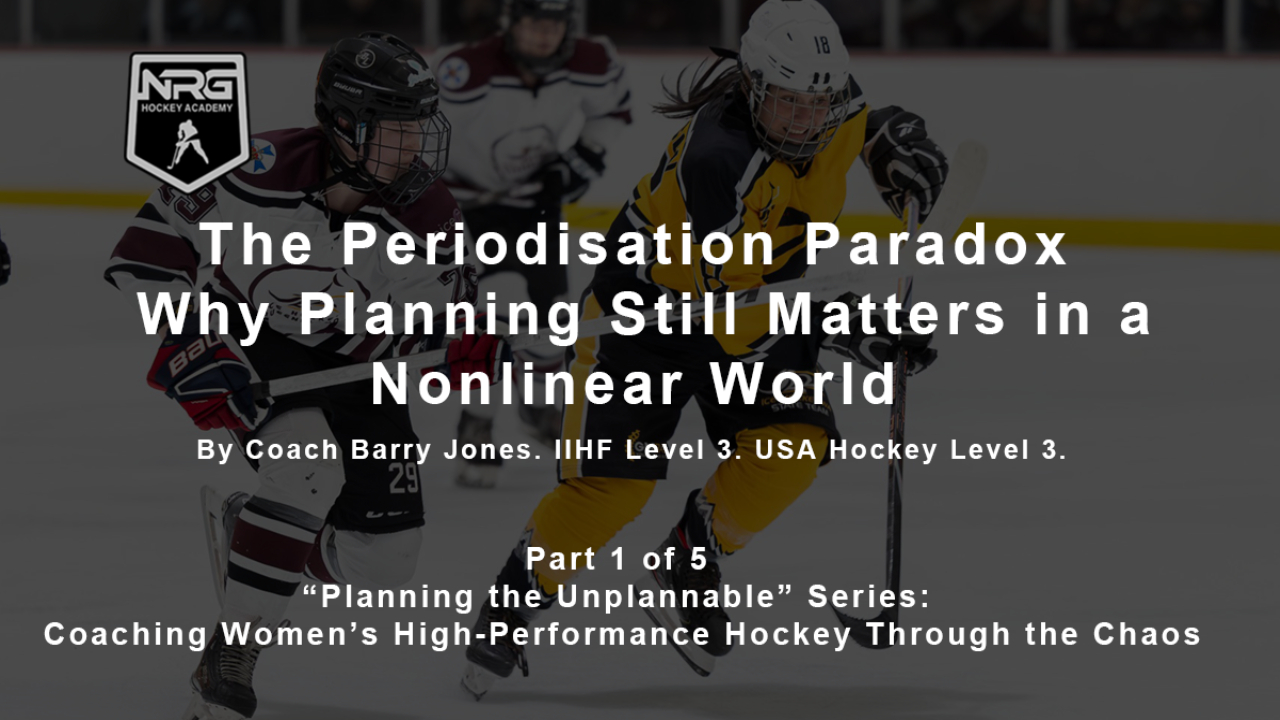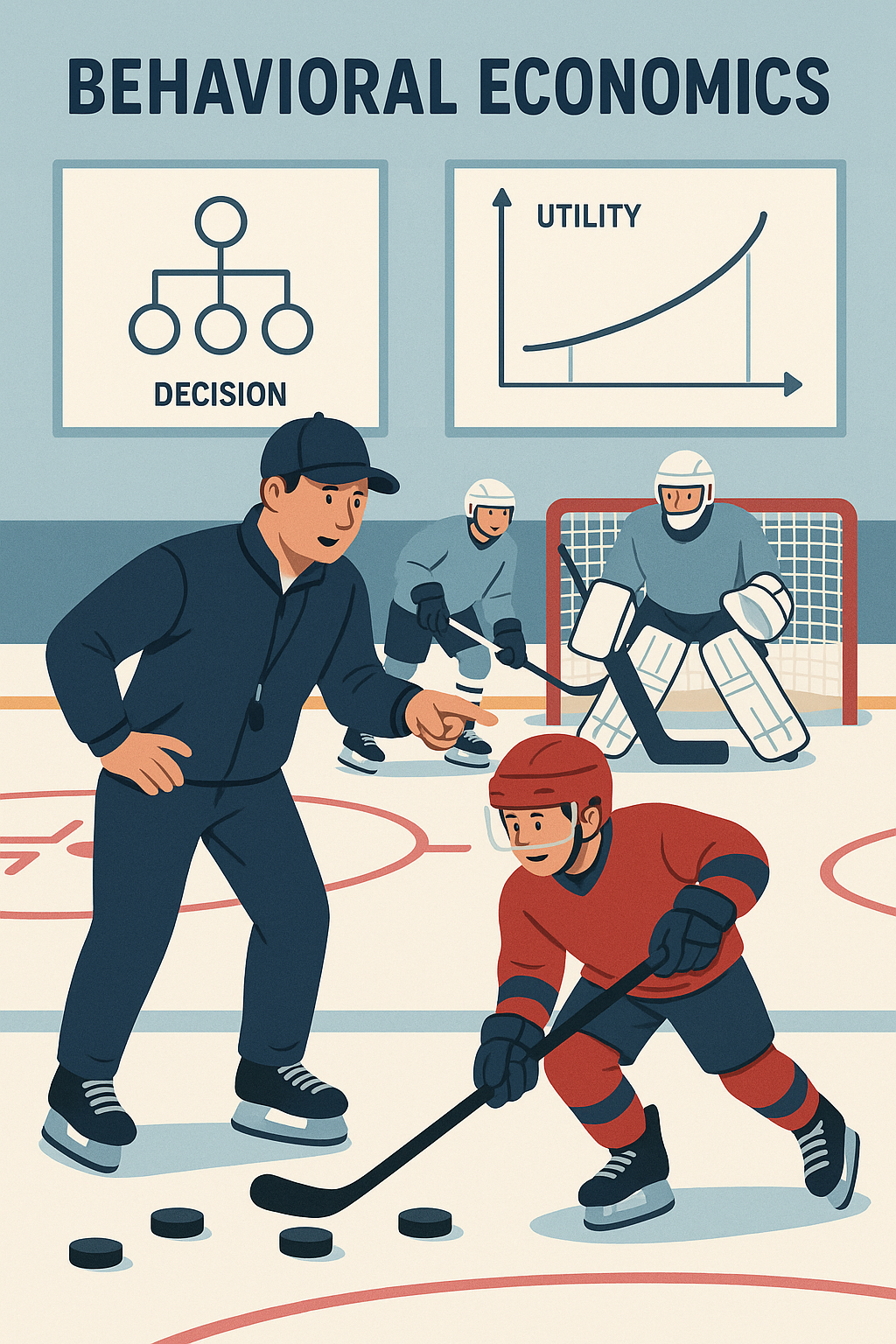
What Behavioural Economics Can Teach Us About Creating a Culture of Year-Round Development
Have you ever noticed how athletes flock to training right before tryouts, but then disappear once the team is selected?
It’s like watching someone scramble to pay off a credit card bill they’ve ignored for months. Urgent. Emotional. All in, for now.
As a coach, I see this cycle every season. Two weeks before state team selections, my schedule becomes hectic. Athletes I haven’t seen in months suddenly want every slot I’ve got. Their motivation? Off the charts. Their focus? Laser sharp.
And then? Crickets.
But there’s another type of athlete. The quiet ones. The planners. The ones who show up, whether there’s a selection coming or not. They train like it’s part of who they are, not just something they do when the pressures on.
That’s when it hit me: These aren’t just two different commitment levels. They’re two entirely different financial mindsets.
One group trains like they’re paying off a loan, rushed, stressed, reactive. The other trains like they’re saving for the future, steady, patient, invested.
And just like in finance, it’s the savers who build real wealth. Or in this case, real development.
Behavioural Economics and the Hockey Brain
Athletes aren’t lazy, they’re human. And humans, as behavioural economics reminds us, aren’t wired for long-term thinking. We respond to urgency, proximity, and pressure. We don’t naturally prepare for a future gain when there’s no immediate reward.
This is what researchers call “present bias”, the tendency to favour immediate gratification over future benefits. It’s why athletes will go all-in when tryouts are two weeks away but struggle to train when the next event is months down the road. The deadline makes it real. Without it, the motivation fades.
Then there’s “loss aversion”, the idea that people will do more to avoid a loss than to achieve a gain. Missing out on a team feels like a loss, and that fear is a powerful motivator. But once the risk passes, so does the urgency to improve.
And if we zoom out, you see “hyperbolic discounting” in full effect: the further away the reward (a better season next year, or skills that pay off at 18), the less value athletes place on it today. Training tomorrow always feels easier than training now, until tomorrow becomes today.
A Quick Observation from the Ice
This past season, I tracked booking patterns at our training centre. In the month before state team tryouts, private session requests increased by 170%. Some athletes trained two times a week over their normal training slots with teams and private coaches. But after selections? We dropped below our yearly average within ten days.
Compare that to the handful of players who train every week, year-round. They didn’t spike. They didn’t crash. They just kept building.
That consistency, the long game, isn’t just rare. It’s the edge.
The Cost of Panic-Based Training
This “loan repayment” style of training might feel intense, but it’s built on shaky ground. When athletes only train in bursts, around events, they never reach the kind of deep skill development that comes from consistent effort. It’s start-stop. Burn-recover. Panic, then disappear.
That kind of reactive development leads to a few predictable outcomes:
- “Higher injury risk” from ramping up too fast
- “Stagnant progress” because gains don’t have time to solidify
- “Burnout” when every session feels like make-or-break
- “Dropout” from athletes who didn’t “make the team” and now feel they have nothing left to play for
And when only 15 games are played across a 30-week training season, that’s 15 moments of urgency, and 15 weeks of wondering what it’s all building toward. For many athletes, especially those who “don’t” make state teams, that’s simply not enough.
The Fix: Balanced Event Management
If we want more athletes to train like savers, not sprinters, we have to reframe what they’re saving “for”. The answer isn’t more pressure. It’s more opportunity.
Here’s how we’re tackling it:
Mini-Competitions Throughout the Season
· Break the 30-week season into” three 8–10 week blocks”, each ending in a “mini-competition, festival, or tournament”.
· Each event gives athletes a short-term target, but not a one-shot deal.
· The format can vary: 3-on-3 weekends, cross-group skill challenges, small-area game leagues, etc.
Purpose-Built Pathways for Levels 2 – 4
· For athletes who don’t make state or national teams (Levels 2–4), we build “alternative competitions” that are just as structured and meaningful.
· These events aren’t just "fill-ins", they’re legitimate platforms for development and recognition.
· Awards focus on improvement, skill development, and contribution, not just goals and wins.
Aligning Games with Training
· Instead of having 15 scattered games, we strategically “seed these mini-comps” across the training calendar to keep motivation and structure in sync.
· Every block has a build-up, a competitive moment, and a reset.
Making the Off-Ramp Optional
· When a player doesn’t make a state team, they’re still on a clear and engaging journey.
· Their progress doesn’t end; it simply shifts lanes.
· With ongoing competition and development, they stay in the system, improving steadily instead of exiting the pathway.
This model doesn’t just keep athletes training. It keeps them connected, to their goals, their teammates, and their future in the game.
It gives them something most systems don’t:
A reason to keep showing up.
The Ripple Effect: Benefits Across All Levels
A restructured development calendar doesn’t just create more hockey, it creates “better hockey”. When we space events strategically, align them with training blocks, and design opportunities for every athlete, not just the elite, we tap into something powerful:
Consistency becomes culture.
Let’s break down how this approach transforms the training journey for every level of athlete:
Level 4: New to the Game
What they need: Exposure, fun, low-pressure entry points
How mini - comps help:
· Short, frequent games remove the long wait between opportunities to play
· Training is framed as preparation for the “next mini comp” not just a vague future event
· Athletes feel like they’re part of something, right from the start
Bonus: Weekly attendance becomes a “ticket to play.” If you show up, you earn your spot. Training isn’t a chore; it’s the gatekeeper to the good stuff.
Level 3–2: Developing & Intermediate Players
What they need: Measurable progress, belonging, and identity
How mini-comps help:
· These athletes often miss out on state/national team selections. Without a “why,” many drift.
· Mini-competitions give them “fresh targets every 8–10 weeks” new teams, new roles, and a sense of growth
· Performance tracking over blocks helps visualize improvement, even without elite benchmarks
Training becomes the reward. It’s where they get better, earn event access, and build their identity as hockey players.
Level 1: High-Performance Athletes
What they need: Long-term development cycles with short-term tests
How mini-comps help:
· Provide regular opportunities to apply what they’ve trained in game-like settings
· Maintain edge and engagement between major tournaments
· Allow coaches to tailor feedback in live, competitive environments
Psychologically, these mini-events help prevent burnout by pacing the mental demands of peak competitions across the season.
And for Everyone: Retention That Works
Retention isn’t a spreadsheet, it’s a feeling. Athletes stay when they feel valued, challenged, and part of a journey. In this system:
· Training becomes social currency, you show up, you belong, you grow.
· Progress is visible and celebrated through seasonal blocks, not just elite selections.
· No one is left behind, every level has something to strive for, and something to return to next week.
Final Reflection: From Urgency to Identity
We don’t need more pressure. We need more purpose.
For too long, athlete development has operated like a financial panic cycle: ignore the balance, wait for the deadline, then scramble to pay it off. It’s not that athletes don’t care, it’s that the system only makes them care when the bill comes due.
But development isn’t debt. It’s investment.
The best athletes aren’t training to “catch up” before an event, they’re building something bigger over time. They’re not worried about repaying missed sessions. They’re committed to compounding the ones they’ve already made.
As coaches, clubs, and governing bodies, we get to choose the model we promote:
Will we keep rewarding urgency?
Or will we build a system that rewards identity?
Mini-competitions. Balanced event blocks. Tiered pathways for every level. These aren’t just calendar tools, they’re culture shifters.
When training becomes the reward, not the punishment, athletes stay longer, develop deeper, and fall in love with the process, not just the spotlight.
So, here’s the challenge:
Let’s stop coaching like loan officers.
Let’s start coaching like investment advisors.
Your athletes are worth the interest.

